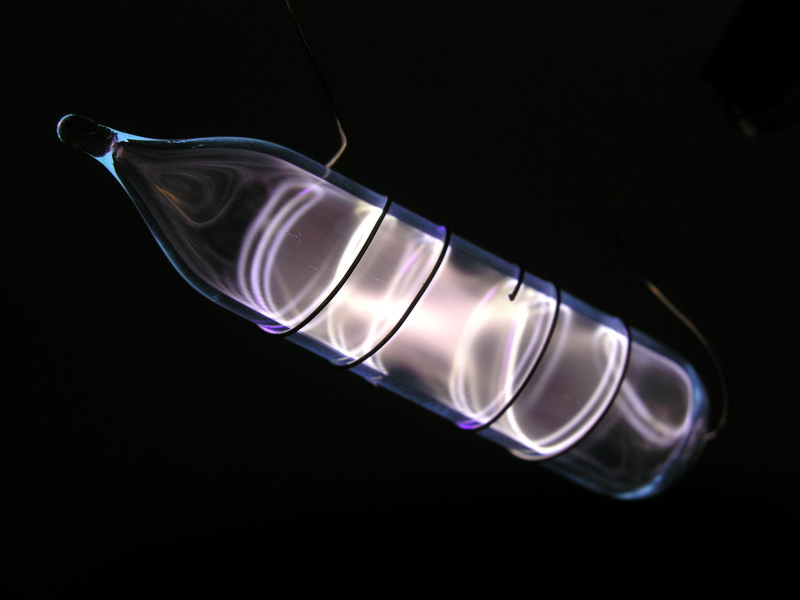

Will Magnus collected their remains and forged the team anew, complete with their life-giving “responsometers.” In all, the Metal Men number six. He then resurrected them, and they continued their adventures after Dr. Not expecting them to grace the pages of Showcase or any other DC comic again, Kanigher killed them off at the end of their debut story.

To make matters worse, the next “issue was due at the printer in two weeks.”įortunately, writer-editor Robert Kanigher came to the rescue, creating a group of adventuring robots, scripting “a story for them in a single weekend.” Penciller Ross Andru and inker Mark Esposito also proved up to the task and drew the comic just before the deadline.
#Real life krypton element series#
His promotion left Showcase, the comic book series in which he’d appeared, without a principal. As Don Markstein’s Toonopedia article points out, The Atom had moved up from the ranks of the minor leagues of characters to the big league, meaning he was given a title of his very own. Since the Metal Men form a group of adventurers, we treat them as a single entity on our list.ĭC Comics’ Metal Men had their origins in response to a real-life emergency. Ĩ Iron, Gold, Lead, Tin, Mercury, and Platinum Obviously, human technology couldn’t forge a hammer or anything else out of a star’s core, but, apparently, elvish technology is up to the task. Our sun’s core, which is about 278,000 kilometers (172,000 miles) across, makes up approximately “20 percent of the solar radius.” It is inside the solar radius that temperatures as high as “15,000,000 degrees Kelvin occur and nuclear fusion place.” The bigger the star, the bigger and hotter its core. It’s a fairly normal star measuring 1,391,000 kilometers (864,938 miles) across. The core of a star is actually more a place than it is anything else, a place in which enormous temperatures and pressures “ignite nuclear fusion, converting atoms of hydrogen into helium,” which results in the release of “a tremendous amount of heat.” The Universe Today website uses our own sun as an example. What, exactly, is the core of a star? In the Marvel universe, who knows? Even in the actual universe, it’s not easy to pin down the exact meaning, especially if we expect the definition to include an object. One version of Thor’s mystic hammer Mjolnir is-by his father Odin’s command-forged by elves from the core of a star. A year later, the Seth Thomas Clock Company acquired the right to use it and, beginning in 1882, glued it, as a facing, to the wood cases of their clocks. A product of the Celluloid Manufacturing Company of New York City, the veneer was available in black, white, and “colored patterns such as wood grain, onyx and marble” and was patented on September 7, 1880.

The celluloid veneer is used in clockmaking. It is an ingredient in a veneer it is also a mineral known as adamantine spar. However, it’s nothing like the Marvel version. There’s no other element quite like it in the Marvel universe.Īdamantine exists in the real world too. Adamantine is both impervious and all-but-indestructible. Captain America’s disc-shield, which is both a defensive instrument and an offensive weapon, is also made, in part, from adamantine, alloyed with vibranium, another element that exists only in the Marvel universe. Wolverine’s skeleton and Freddy Krueger-like retractable claws are both bonded to the virtually indestructible alloy. Where would Wolverine be without adamantine? The same place that Captain America and several other Marvel Comics superheroes would be-a lot less dangerous and a whole lot more vulnerable, that’s where. Related: Video: 10 Comic Book Heroes Who Could Theoretically Exist 10 Adamantine If we take a closer look, we find that one or more of the 10 real counterparts of comic book particles and elements on this list come into play in these comic book characters’ lives and universes, and what a difference they make!įor better or worse-or, actually, for better and worse-the real-universe counterparts of these particles and elements, in most cases, lack the properties of the ones in the Marvel Comics and DC Comics universes. Doom, Wonder Woman, Luke Cage, or the Fantastic Four or whether we’re referring to superpowers, costumes, or weapons. This is true whether we’re talking Wolverine, Captain America, Thor, the Metal Men, Superman, Deathstroke, Flash, Dr. Of course, ironically, the imaginary atomic and subatomic particles, chemical elements, and substances of the Marvel Comics and DC Comics universes often either have actual real-world counterparts or borrow from one or more of them, usually with an unlikely or impossible twist. Comic book plots are not restrained by the scientific laws that govern the real-world universe.


 0 kommentar(er)
0 kommentar(er)
